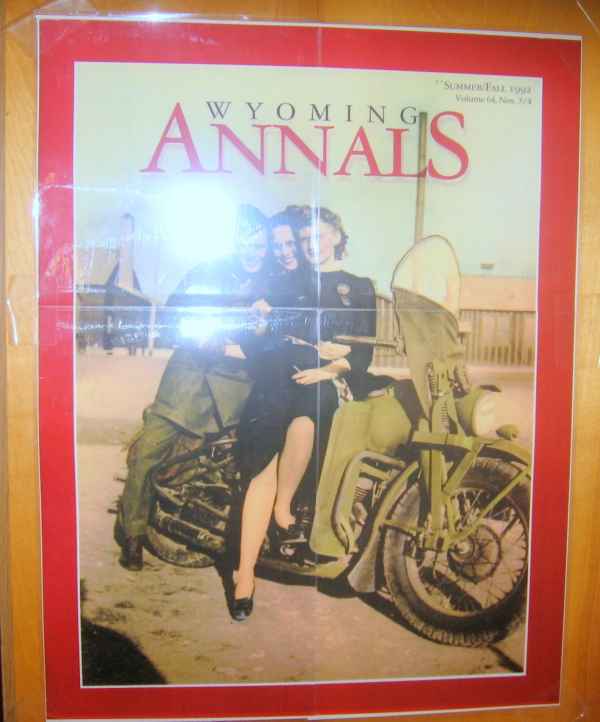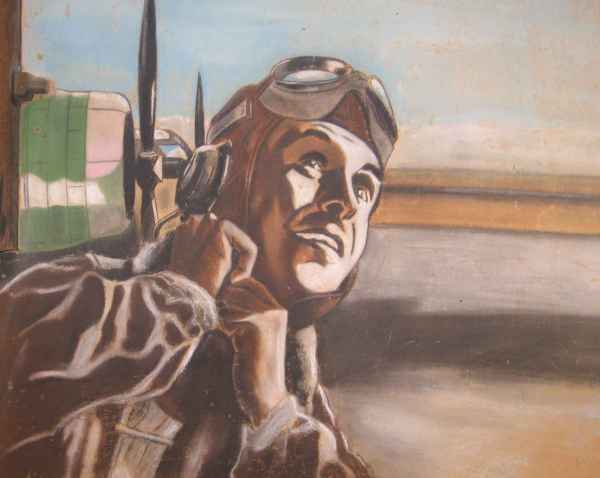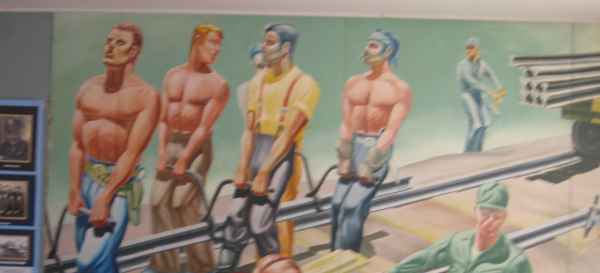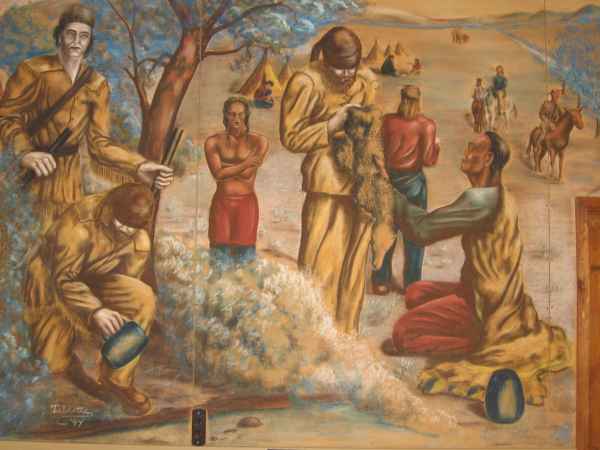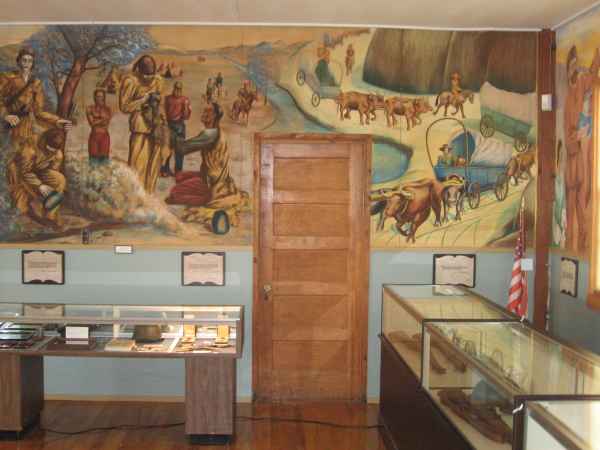Last week, I was able to stop at our local museum and visit with the curator and founder Mrs Joye Kating. Mrs Kating was the head secretary when the Army Air Corp Base was active during WW2. I asked Mrs Kating if I could post some pictures on this website and she was thrilled and made me promise to come back and tell her of everyone's response. She also said to be sure to invite everyone for a personal tour of the Museum. Excuse the poor quality of the photos
Chris
backgroundThe Wyoming Veterans Memorial Museum is located within the grounds of the Natrona County International Airport, located eight miles west of Casper. The airport occupies the site of the former Casper Army Air Base, constructed duringthe Second World War. The airbase embraced 2902 acres and over 400 buildings were constructed. Construction began in April 1942 and the base was activated on September 1, 1942. The base was used to give B-17 and B-24 bomber crews their final training prior to being sent overseas for combat missions. The base reached its maximum size in August 1944 when 3993 military personnel and 922 civilians occupied the facility. A total of 17,000 men and women trained at this facility. The base was deactivated on March 7, 1945 and ceded to Natrona County on November 6, 1949. The Casper Army Air Base was enrolled on the National Register of Historic Places on August 2, 2001.
the museum building
The building that now houses the Wyoming Veterans Memorial Museum was originally the Servicemen's Club for enlisted personnel. It is the most interesting of the approximately100 Second World War buildings that are still preserved at the airport. It contains 15 murals that depict aspects of Wyoming history. The murals were painted over an eight month period by four enlisted - men, only one of which had some previous, formal training in art.
All four men, prior to painting, conducted historic research at the local library. No one was a Wyoming native. The murals were dedicated in June 1944. Because there was no paint available, the men made their own from combining materials such as red soil with a fixative.
Repair work and refurbishing of the museum building was conducted during 2003 and 2004, with the use of money contributed by the Natrona County One Cent Sales Tax Commission. When the building was originally built in 1942, it was considered to have a life span of five years. Repair work on both the interior and exterior of the building has included the installation of new insulation, installation of a new ceiling using the same type celotex as the original, new windows and doors, and replacement of the old electric wiring. All of the steel siding, which was put on the building long after it had been given to Natrona County, was removed. The original cedar wood siding on the building was exposed and painted, preserving the original color. Repair and refurbishing of the building will continue through 2004, all of which has been carried out with the goal of preserving the historical integrity of the building. For example, all of the replaced windows and doors resemble the original in style, and all repainting is of the same color as the original. It is important that the integrity of the building be preserved, so that it remains listed on the National Register of Historic Places.
This is Mrs Kating in the front



